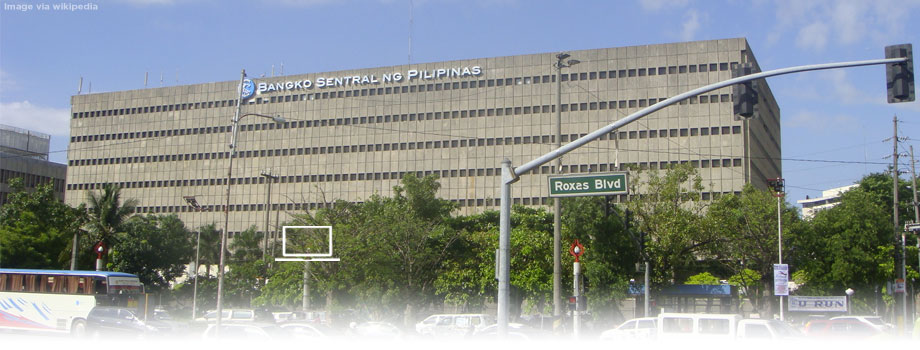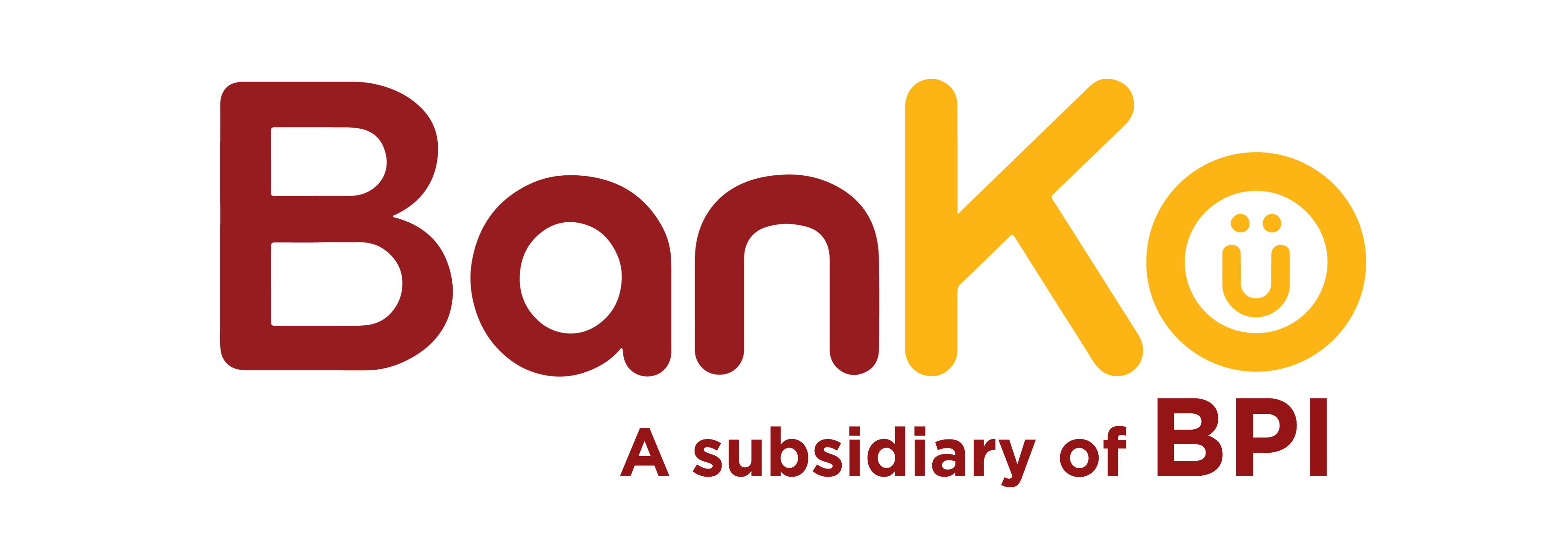BSP to Fast-track Financial Inclusion Efforts

The Bangko Sentral ng Pilipinas said earlier this year that they are taking steps to fast-track their efforts to decrease the number of unbanked Filipinos.
BSP Governor Armando Tetangco spoke of financial inclusion being a strong advocacy of the BSP. “To tie the BSP efforts with those of other government agencies and the private sector, we are now working on a National Financial Inclusion Strategy, which we hope to launch this year,” Tetangco said.
To help the BSP come up with said strategy, the BSP recently started an inclusive Finance Steering Committee.
Financial inclusion strategies are often employed by economies to further the reach of financial services, which in turn, will set the pace for more economic activities, especially in remote areas.
BSP has always been trying to push for financial inclusion. As part of its efforts, in 1997, the Central Bank developed the National Strategy for Microfinance to increase financial service providers.
“Our adoption of the principle of proportionate regulation has encouraged an operating environment where innovation can flourish, which capitalizes on technology, and enables market-based solutions. This operating environment has resulted in a greater reach in previously unbanked areas,” said the BSP governor.
Tetangco cited that with alternative access points such as microbanking offices and other financial service providers like pawnshops, e-money agents, remittance agents and money changers, the percentage of unserved cities and municipalities is now down to 12.6 percent from the 37 percent at end-2012. He also noted that the regulations set by BSP helped in catering the needs of businesses and small savers.
Meanwhile, the BSP has also been conducting learning activities and information activities in some provinces in the country and overseas.
The low savings rate in PH
The first survey on consumer savings done by the BSP showed that only one out of four Filipino households has savings, and that some 40 percent of households with savings keep their money at home, showing a vulnerability of the majority to risks emanating from emergency situations that need spending.
In a briefing on the BSP survey, BSP Deputy Governor DIwa Guinigundo said, “The findings suggest that there has to be more economic and financial learning programs that will teach people the merits of savings and the benefits of putting savings in banks rather than keeping them at home.”
The nationwide survey was conducted from January 21 to February 1, 2013 and covered 5,670 households. It had a response rate of 96.9 percent.


Sorry, comments are closed for this post.